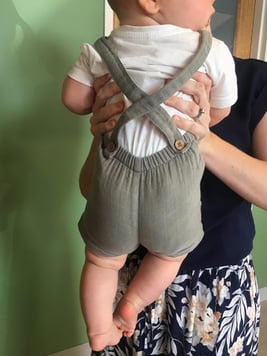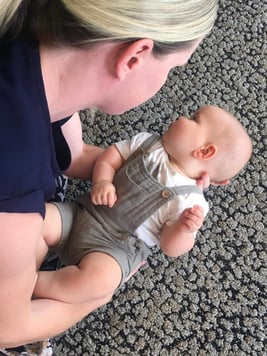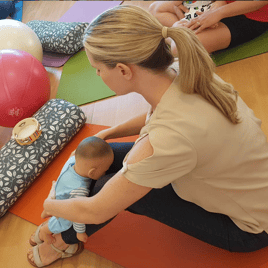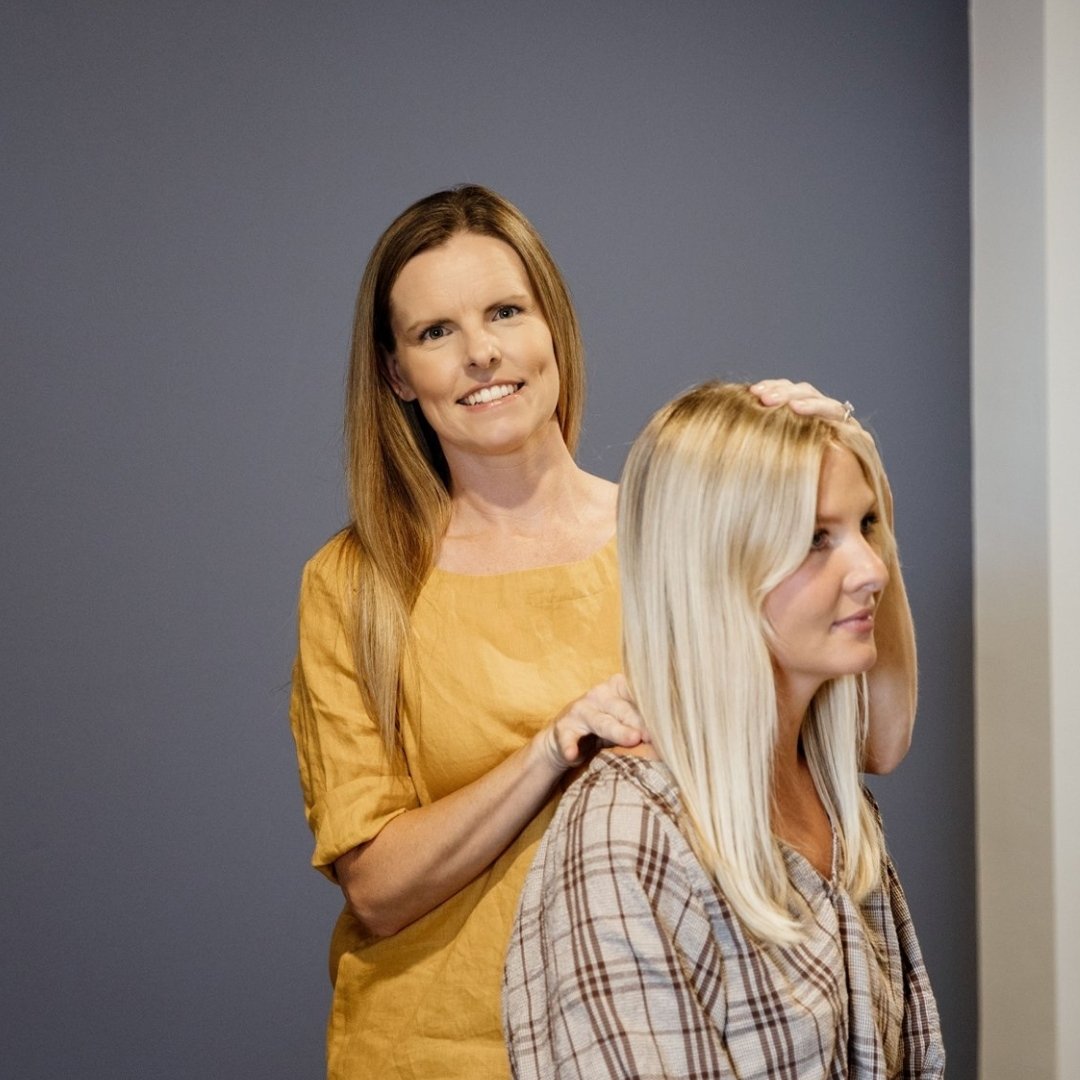The festive season is upon us and those with babies will know just how many requests you receive from others to hold your baby. Everyone wants to cuddle your little squish!
Being held, passed around and moved in and out of car seats, high chairs and beds becomes much more frequent at this time of year.
Did you know this can place additional strain and pressure through the spine and shoulders of your baby?
We have 3 tips for how to handle your babe to reduce stress on your baby’s body.
Tip #1: Hold baby’s rib cage instead of underneath shoulders.
For babies that have moderate to good head control (can hold their own heads up), usually from 3-4 months of age:
Ensure that any holding, moving or passing of your baby between people involves your hands being placed on your baby’s rib cage, rather than up under their shoulders.
Try to use this method to pick baby up from the floor, out of high chairs or the bath, and from car seats.


If the hands are too high up and under the armpits it can hike the shoulders and strain the upper back and neck, as seen in the image below. Baby generally appears more uncomfortable being held like this, as they are 'squished' up with the tension being placed through the tissues of the face, neck and shoulders, and the arms splay out in abduction rather than being aligned more anatomically.

To pass your baby to someone with this handling method, turn baby to face away from you and place your hands firmly but gently around your baby’s side ribs (right in the image below) and hand your baby toward the new holder (left in the image), who will place their hands under yours and lift up to where your hands were located as you move them away.

The key for Tip #1: keep the shoulders low to help keep the upper back and shoulders free from pressure.
Tip #2: Hold baby’s upper back and head with one hand and their bottom with the other.
For newborn babies still requiring support with head control:
Place one hand (most people find the left hand easier) in behind baby’s upper back and slide through to hold their head in your palm, while your forearm supports their neck and upper back. You may need to gently and slightly roll babe to be able to get your hand and arm into this position. Your other hand then slides underneath the bottom to hold the pelvis (nappy) region. Your hand should be 'hard to see' as in the image below.
From this starting point you can lift to hold and manoeuvre your new baby for a cuddle or feed, place into car seats, bed or any position needed. To get baby out of their carseat, this is the most ideal method to avoid intense strain on shoulders or back and head arching on lift. Be sure to slide your hand in and under the back and head and hold the bottom, to lift your new baby out of their car capsule.
Handling your new baby in this way provides excellent head and neck support while placing minimal stress on the upper body and nervous system of your babe.
This method is also perfect to use for passing baby between people. The new holder will mimic your hand positions, holding their hands over yours ready to take baby’s weight as you move your hands away.

The key for Tip #2: Avoid the shoulders when holding a newborn as they don't yet have the shoulder and upper body tone to handle the pressure of being lifted in this way.
Tip #3: Minimise handling by using a face to face tummy time technique!
For babies with early neck control (6-8 weeks) right up to crawling.
When travelling or socialising with friends and family, a wonderful way to promote engagement with others, get some tummy time in and reduce the stress of handling is this position in the image below. You can encourage others to spend time in this position instead of holding your baby in arms constantly. It’s incredible for face to face interaction at the same time as encouraging extension (tummy time) to stimulate baby’s brain.

Sit with some back support (if required) and have your legs bent. Place baby on your shins and hold their bottom to keep them in position. If baby is able to (from 3-4 months) you can place their forearms on your knees so they can weight-bear as they would on the floor.



